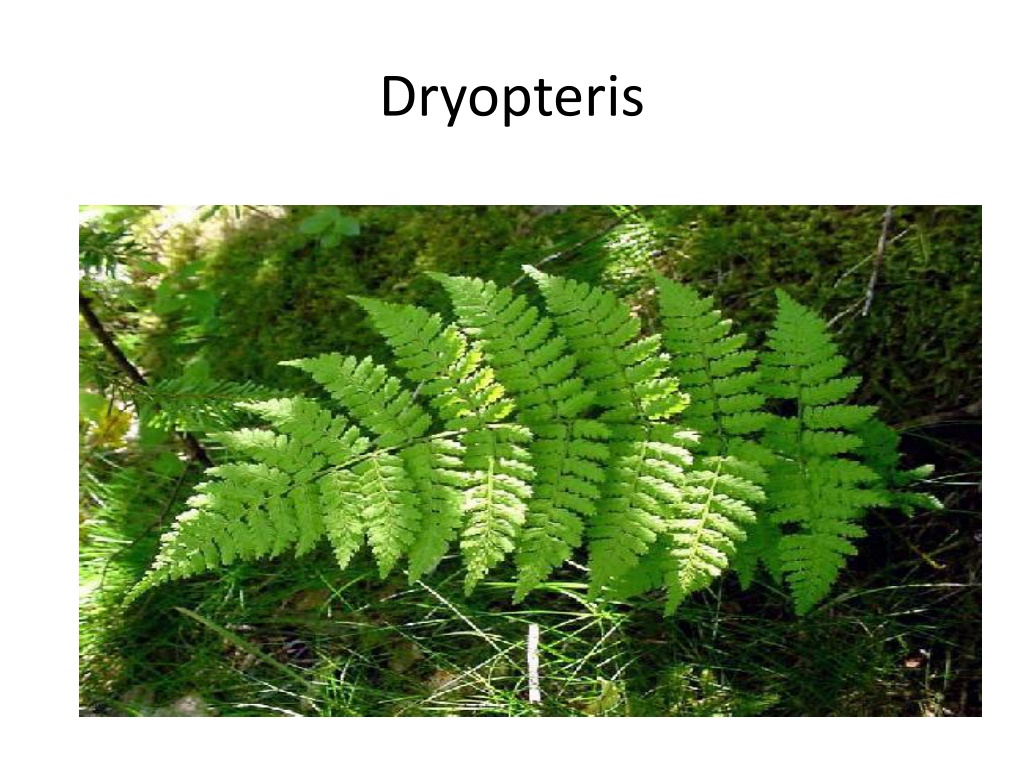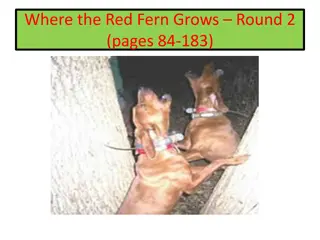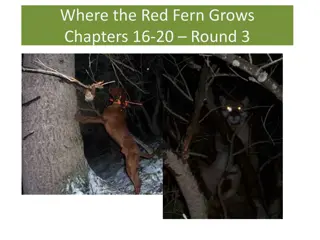Understanding Dryopteris Fern Life Cycle
Dryopteris, commonly known as wood fern or male fern, is a genus of ferns with around 250 species primarily found in the temperate Northern Hemisphere. These ferns have distinct characteristics like creeping rootstocks, fronds with sori, and triangular-shaped leaves with fiddlehead sprouts. The spore production and gametophyte development stages are crucial in the life cycle of Dryopteris, culminating in sexual reproduction and zygote formation.
Download Presentation

Please find below an Image/Link to download the presentation.
The content on the website is provided AS IS for your information and personal use only. It may not be sold, licensed, or shared on other websites without obtaining consent from the author. Download presentation by click this link. If you encounter any issues during the download, it is possible that the publisher has removed the file from their server.
E N D
Presentation Transcript
Dryopteris commonly called wood fern, male fern, or buckler fern, is a genus of about 250 species of ferns with distribution in the temperate Northern Hemisphere, with the highest species diversity in eastern Asia. Many of the species have stout, slowly creeping rootstocks that form a crown, with a vase-like ring of fronds. The sori are round, with a peltate indusium. The stipes have prominent scales.
Dryopteris are ferns consisting of a horizontal root growing in soil called a rhizome and leaves called fronds projecting upward. Each frond is roughly triangular, with branches along either side of a stem with many small oblong leaflets. Frond sprouts are called "fiddleheads" for their resemblance to the head of a violin.
Spore Production The Drypoteris fern life cycle begins with a spore. On the underside of each frond are tiny, dark spots called sori that contain growths called sporangia that produce and release spores.
Gametophyte Each spore will eventually fall to the ground. Those that germinate will form a gametophyte. The gametophyte will then grow, forming a leaf-like structure that attaches to the ground using root-like rhizoids. Sex Organs When the gametophyte matures it produces sex organs.The male organs are called antheridia and the female, archegonia, both of which develop on the bottom surface of the gametophyte.
Sexual Reproduction The antheridia produce flagellate sperm that will swim through a film of water to the archegonia. The sperm then fertilizes an egg within each archegonium. Zygote The fertilization process will produce a zygote which will then grow from within the gametophyte. Rhizomes will develop beneath the soil and fiddleheads will sprout, shooting up from the rhizome to form a sporophyte.























